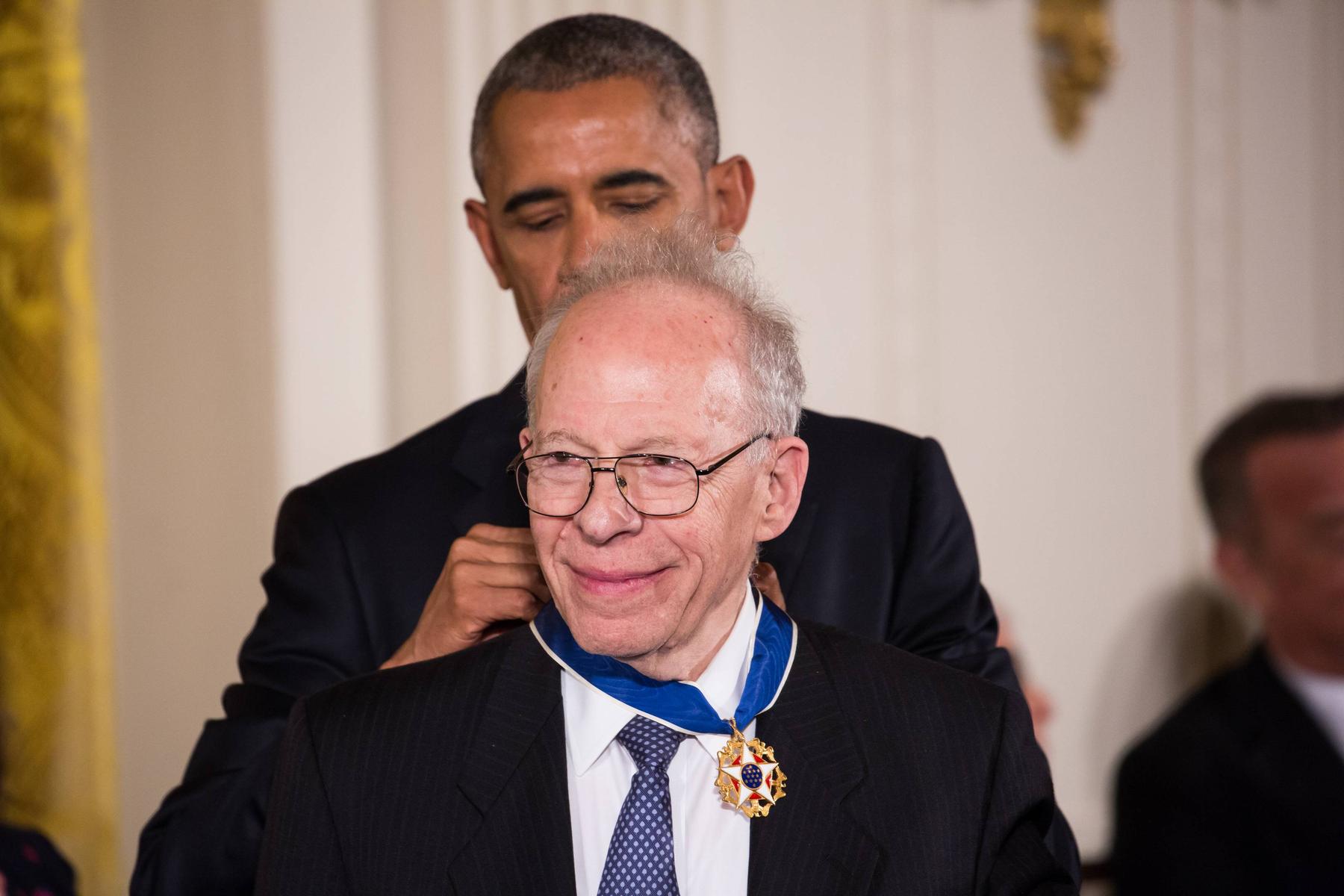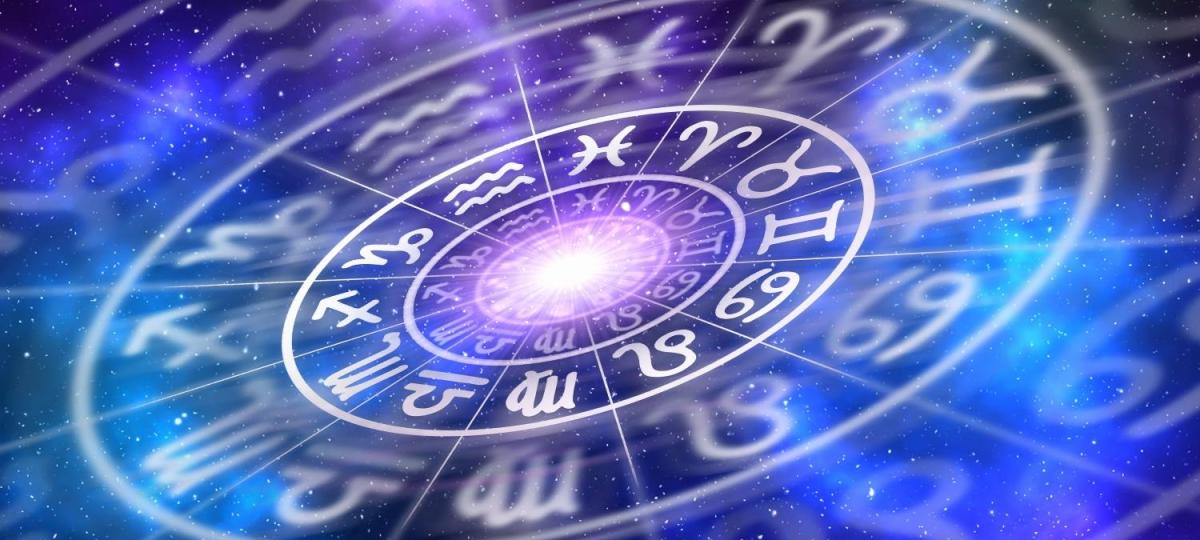« Architect » the hydrogen bomb Richard Garwin died – Diepresse.com

Richard Garwin was 97 years old. He was significantly involved in the development of the hydrogen bomb.
Experimental physicist Richard Garwin died in his house in Scarsdale in the state of New York at the age of 97, reports the « New York Times“. The scientist was instrumental in the development of the hydrogen bomb. Later he was a long security consultant of the US government and worked on a commission to defend the rocket.
In the 1950s he worked on the hydrogen bomb in Los Alamos, New Mexico, where the atomic bomb was also developed. Edward Teller, who is considered the « father of hydrogen bomb » and developed the concept for it together with Stanislaw Ulam, had brought him there. The nickname always declined plate. Garwin had previously worked with liquid hydrogen and was considered the leading expert in the field. He developed the design concept for the bomb.
After his time in Los Alamos he went IBMwhere he worked until his retirement. There he was involved in the development of laser printers, inkjet printers and touchscreens.
Later he became a scientific advisor to several presidents, designed weapons and satellite education systems for the Pentagon. He kept a Soviet-American « balance of the nuclear terror » as the best way to survive the Cold War and was committed to verifiable nuclear weapons control agreements. (Red.)
Hydrogen bomb
The first two -stage real hydrogen bomb in the world was tested by the United States on November 1, 1952 in the Pacific (Operation Ivy Mike), the Soviet Union followed the following year. However, these weapons were more prototypes that were not yet suitable for missions. The two superpowers only had militarily usable bombs a little later. These have never been used in wars.
>> Report in the « New York Times »







